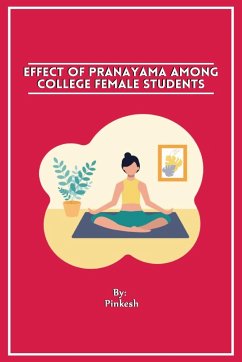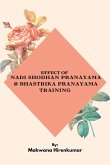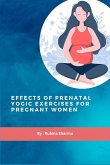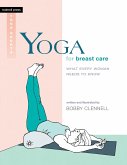Yoga has been used as a vital tool by the human-race for centuries to keep the body fit - both physically and mentally. A living human is one whose body is having vital energy in the form of continual breath and its control is known as 'Pranayama'. The term 'Prana' means vital energy or breath and 'Ayama' represents control. The human organs that constitute the human body including heart, mind and nerves need energy in the form of oxygen and that comes through the process of inhalation and exhalation when lungs accept oxygen through inhalation and give up carbon dioxide through exhalation to let the body organs remain energized with a rich oxygen presence. Researchers across the globe have been working for many years to dig deeper and deeper to find out the impact of yogic pranayama on the reduction of psychological factors such as anxiety, depression and stress among regular practitioners. This aroused the curiosity of the researcher to evaluate the benefits of Pranayama on the psychological factors of young women, as it was the firm belief that women equally have bouts of anxiety, depression and stress like men. They are no different. In the backdrop of this, the researcher decided to select 80 subjects randomly (all females) from an institute of Pilani. They were all college going students in different degree programmes and in the age group of 18 to 21 years. All were enthusiastic to be a part of the researcher's study and volunteered themselves.The necessary permission was taken for the study from the college administration and even a consent form was filled up from the parents side to keep everything clean and clear about the intended study. Once the necessary approvals were procured and the subjects were selected at random basis, then the next real work started off. Initially, there was an equal creation of two groups: Experimental Group 1 (N40) and Control Group 2 (40). The entire process was explained to the subjects of both the groups in their mother language i.e. Hindi and certain demonstrations were given to them and then they were made to practice too. DASS 42 test was employed on each participant to assess the scores of anxiety, depression and stress. Thereafter, the data in the form of response was obtained from the two groups at an interval of 12 weeks. Once, it was at the start of the study and then after the completion of 12 weeks of yogic practice for Experimental Group 1 and similar data was recorded for Experimental Group i.e. Control Group 2 at the start and after 12 weeks of completion. The data procured in the form of scores for each psychological variable was subjected to analysis through a statistical tool SPSS. The results of tests that were executed on college going female students concluded that the regular practice of Yogic Pranayama significantly lowers the levels of anxiety, depression and stress as compared to those who do not practice and it may be used as an effective tool among females and help them be more positive and strong on psychological factors.








